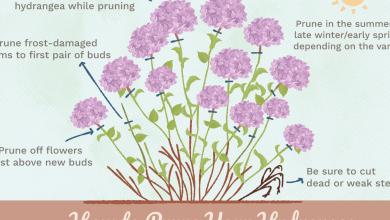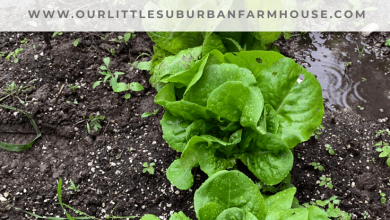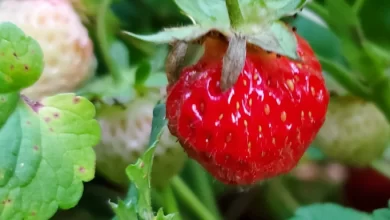How to Plant Pothos in your House: [Tips and Complete Guide]
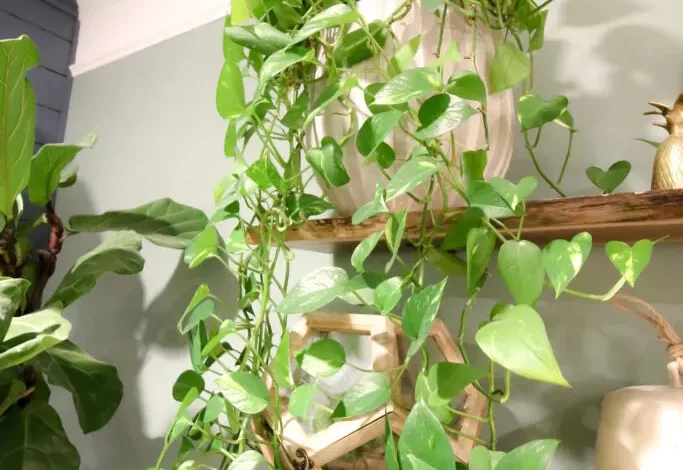
For lovers of indoor plants,the pothos(Epipremmum aureum) is one of our favorites.
Its good popularity is based on the fact that it is easy to grow and care for and has a very beautiful appearance.
In addition, as it offers a hanging system (so it can be considered a hanging plant), it is much more beneficial for decoration.
If it has caught your attention because you have seen it at a friend’s house or in a nursery, today we will tell you what you need to know to be able to plant pothos.
Important points when planting pothos:
- When? From the month of March to April.

- Where? In case of planting pothos outdoors, make sure it is against a wall to ensure shade at some time of the day.
- Growing time? Pothos is a fast growing plant.
- How do we prepare the land? Well drained soil, with a good handful of substrate or compost.
- What do we need to plant pothos? pothos seeds or an adult plant to take the cuttings, substrate, a pot and a sprayer.
- How do we water? In winter, once a week is enough. In summer every two or three days. Avoiding flooding the earth. Ideal to do it with a sprayer.
- Plagues and diseases? The red spider, the thrips, the cochineal, the rot and different bacteria.
When to plant pothos?
The Pothos loves to live in temperate climates, so the favorite time to do its sowingIt runs from March to April.
However, on this subject the kind of potos that it is has a lot of influence.
Where should we plant pothos?
 Pothos can be planted in a normal-sized pot and transplanted when necessary.
Pothos can be planted in a normal-sized pot and transplanted when necessary.
It is important that this transplant process bealways do during the springto avoid damage to the structure of its roots and stems.
In some places they are also planted outdoors and it is possible that they reach great dimensions in their expansion.
But if you want to do it this way in your garden, it is better to make sure that it is facing a wall to ensure shade at some time of the day.
How to prepare the land?
In general, the pothos is not very demanding in its care, so it is possible to plant it inaerated and neutral lands.
As for the quality of the substrate, it can be fertilized at the time of transplanting and after every three months, since it tends to grow very well in any case.
For this type of plants to develop normally, what you need is agood amount of light that hits it indirectly.
This light, added to some minimal care of the land, will make the plant look always green and shiny.
How do we water the pothos?
When it comes to watering, you have to be very careful.
Pothos like moderately moist soil and hold water very well.
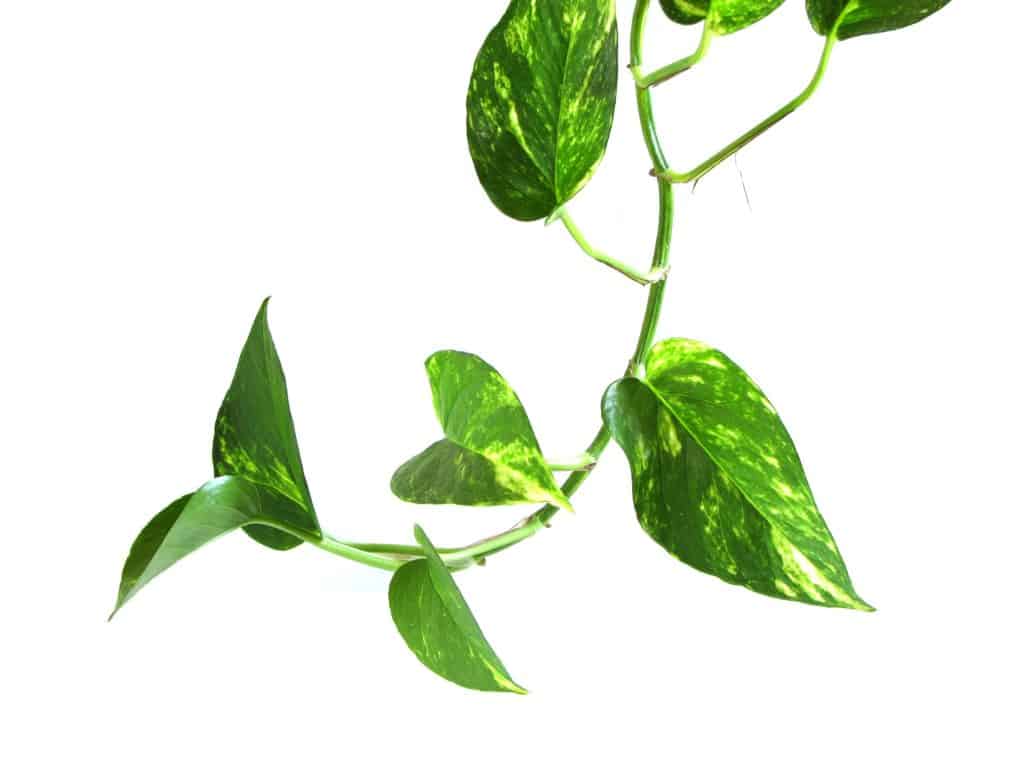 For this reason, during the winter months, watering should be quite low, always checking the condition of the soil first.
For this reason, during the winter months, watering should be quite low, always checking the condition of the soil first.
The most appropriate thing is to give yourself a little of the vital liquid every 10 days.
Already for the summer and the days of a lot of sun, the most advisable thing is to make a moderate irrigation thatnever cause waterlogging.
Here you can advance with irrigation every 4 or 5 days, depending on the state in which it is seen.If at any time you want to give it more freshness, you can spray the leaves with a sprayer.
How to sow pothos step by step?
The planting of the pothos will depend, to a large extent, on the way in which we do its multiplication.
In the event that it is by cuttings, the procedure would be as follows:
- On an existing plant, you can take a stem and remove it from the parent plant with a clean knife, making a quick, precise cut .
- This will be cleaned of the leaves that are in the lowest part.
- The part of the stem that is solitary will be placed in the pot where the planting will be done, covering it with enough substrate and pressing a little with the fingers so that it fixes well.
- In order for the stem to remain upright, sticks of good height can be added to give it support.
- These sticks are preferably higher than the stem to facilitate the placement of the plastic bag that will come later.
- You have to place a plastic that is capable of covering the entire plant and generating an appropriate temperature with humidity concentration. But it is very important that you do not touch the plant.
- This plastic will be removed daily to remove condensation.
- The key moment to definitely remove the plastic will be when you see the first outbreaks.
 A similar process can be doneby placing the cutting in water,because it also tends to generate good roots that will later be planted in a pot.
A similar process can be doneby placing the cutting in water,because it also tends to generate good roots that will later be planted in a pot.
Finally, this process can be done at the time of the transplant.
The idea is to separate the plants from the stems to the roots so that 2 or 3 of identical characteristics can be obtained.
These, as they already come with their roots and stems complete, will be kept in a similar way to how we had them before.
What favorable associations do pothos have?
Being aclimbing plantand of few cares and needs, the pothos can be cultivated together with a great variety of species.
If it is outdoors, it is possible to take advantage of accommodating it so that it climbs through the top of a trunk of any strong and firm tree or a palm tree.
They don’t tend to steal much of the nutrients from the substrate, so both plants will grow just fine.
What pests and diseases does it have?
A worrying aspect of this type of plant is that it can be affected by various diseases and pests.
For this reason, it is best to review each case one by one.
pests
 They are generated by three well-defined species: spider mites, mealybugs and thrips.
They are generated by three well-defined species: spider mites, mealybugs and thrips.
They all mainly affect the leaves, so they are usually relatively easy to detect as we assess the growth of the plant.
As in all cases in which these occur, it will be necessary to find an insecticide (such as neem oil or potassium soap) that can eradicate the pest without causing health problems.
Diseases
In this case, the problem is caused in the structure of the plant as such and it is necessary toBe very careful to detect them.
The bad news is that in neither of the two scenarios that we will present below is there a cure, but at least one of them is predictable.
rotIt occurs when there is an excess of irrigation and the roots and stems generate fungi. That is why it is essential to control this activity.
The second disease is producedby bacteriathat affect the leaves producing whitish spots.
Is pothos a toxic plant?
Yes.
Be careful, because the pothos, because it has many oxalates, if ingested by humans can be toxic, causing vomiting and diarrhea.
Without a doubt, the pothos is one of the most sought-after indoor plants to decorate spaces without having to spend a lot of time on it.
We hope that this information is totally useful for you to enjoy the company of your plant.

